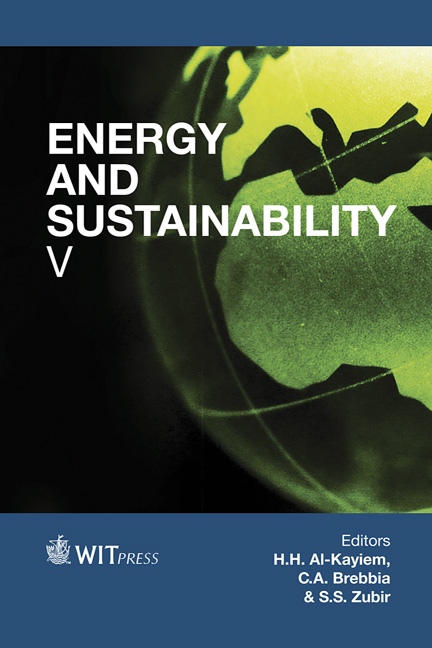Enhanced Oil Recovery By CO2 Injection In Carbonate Reservoirs
Price
Free (open access)
Transaction
Volume
186
Pages
12
Page Range
547 - 558
Published
2015
Size
921 kb
Paper DOI
10.2495/ESUS140481
Copyright
WIT Press
Author(s)
H. Hawez, Z. Ahmed
Abstract
The majority of carbonate reservoirs have low porosity and permeability in general because of having a high amount of matrixes that make a heterogeneous reservoir, however high permeable layers are fractured. This study shows the effect of carbon dioxide injection on the oil recovery factor using an ECLIPSE 300 compositional reservoir simulator for 3D modelling and the change of carbonate components reaction during CO2 injection in experimental work. In addition, a high recovery factor has been recorded during miscible CO2 injection compared to immiscible injection. Water alternative gas (WAG) has been used as an enhanced oil recovery (EOR) method to overcome an unfavourable mobility ratio of CO2 flooding. Miscible CO2 injection with the aid of WAG has also had a great impact on the dissolution of carbonate components in dissolving calcite and dolomite components. Consequently, CO2 flooding has a relatively low recovery factor without any EOR techniques such as gravity stable displacement, WAG or mobility control. CO2 injection below minimum miscibility pressure (MMP) reduces CO2 emission, while it takes too long time to maintain reservoir pressure. On the other hand, CO2 flooding above MMP improves pressure maintenance; causes oil swelling, and increases the oil density.
Keywords
miscibility, MMP, CO2 and WAG injections, carbonate reactivity





